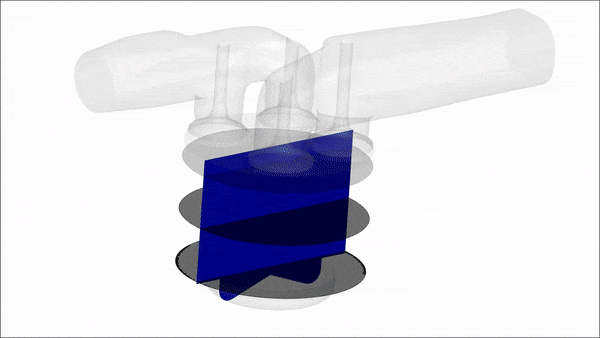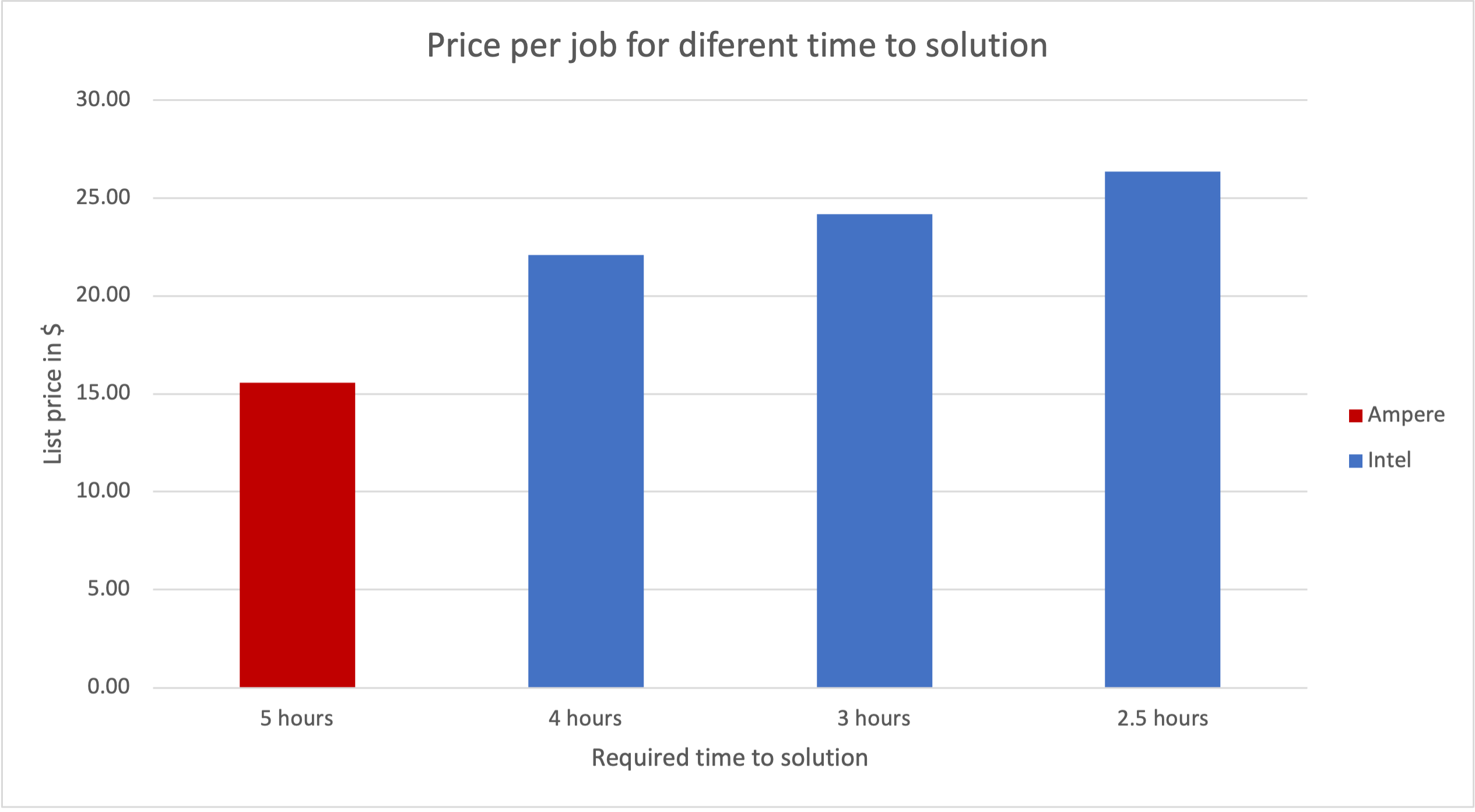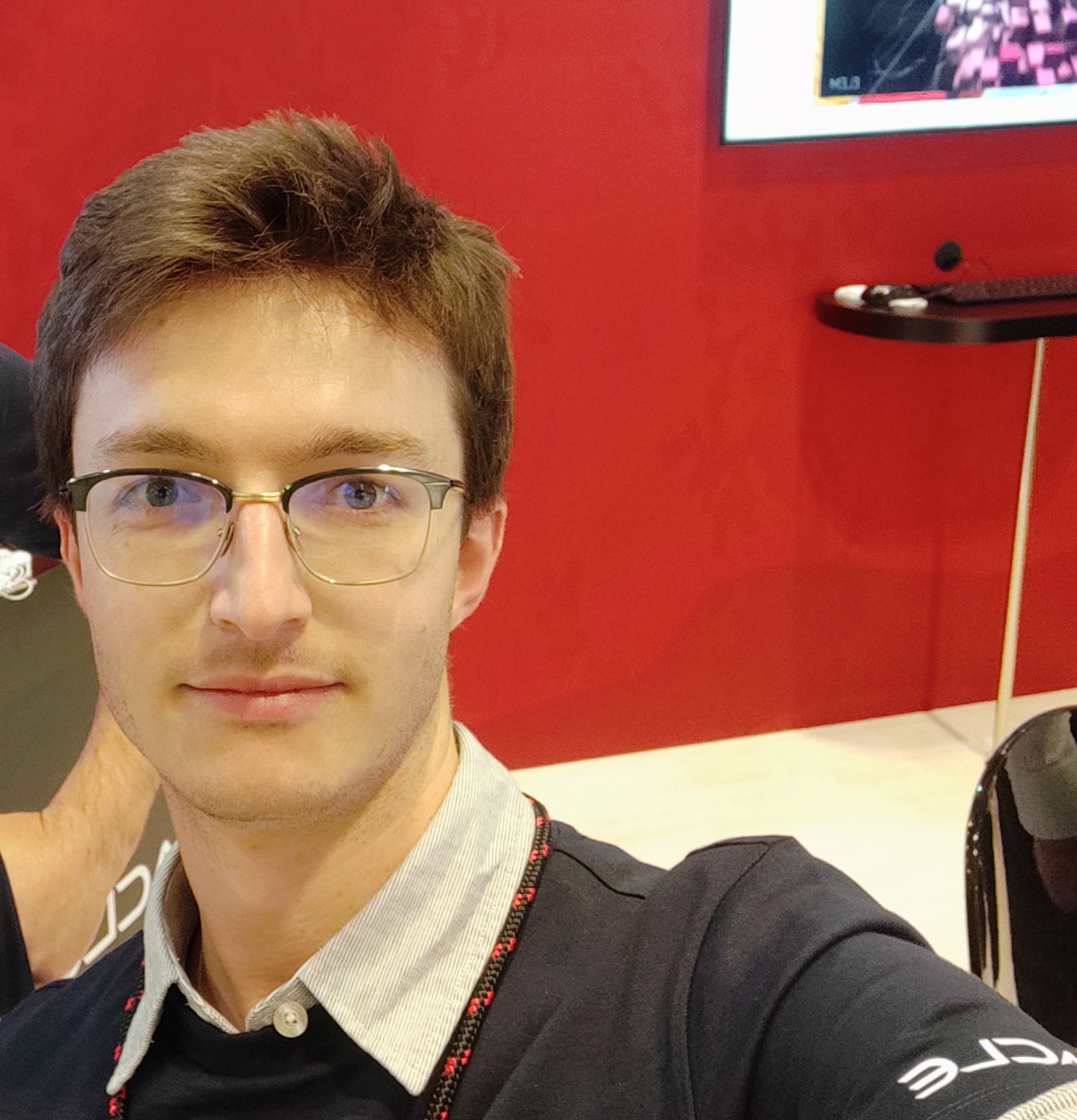Last year, we presented how to run CONVERGE on Oracle Cloud Infrastructure and how CONVERGE 3.0 scales on our high-performance computing (HPC) bare metal instances. A lot has changed on Oracle Cloud Infrastructure (OCI) since then. Back in April, we announced new bare metal instances with 3rd Gen Intel Xeon Ice Lake processors and in May, we introduced new instances with OCI Ampere A1 Arm based compute. This announcement was the perfect occasion to run computational fluid dynamic (CFD) simulations with CONVERGE 3.0 on this new hardware and see how price and performance requirements can impact the choice of your infrastructure
Bring your CFD simulations to the next level with CONVERGE 3.0
“Thanks to the diverse bare metal offerings of Oracle Cloud Infrastructure, every CONVERGE user can find the hardware matching their simulation requirements and achieve their required price-performance ratio,” said Dr. Kelly Senecal, co-owner and vice president of Convergent Science.
CONVERGE CFD is developed by Convergent Science, headquartered in Madison, Wisconsin, and is used by engineers world-wide to solve cutting-edge CFD simulations. The latest major release, CONVERGE 3.0, takes full advantage of latest HPC architecture to scale linearly on thousands of cores.
Benchmark testing

SI8 PFI Engine
To investigate the scalability on the different hardware, we performed a strong scaling study using the same simulation on different core counts. Convergent Science provided the simulation model “SI8 PFI Engine Case,” a typical SI8 port fuel injection run in CONVERGE 3.0.23, and we used the following bare metal instances in the study:
-
BM.Optimized3.36: A bare metal instance with 36 cores Intel Xeon Gold 6354 GB and 512 GB of RAM, deployed in Oracle Cluster Networking with RDMA.
-
BM.Standard.A1.160: A bare metal instance with 160 single threaded cores based on Ampere® Altra® and 1 TB of RAM.
In this study, we did not use hyperthreading available on BM.Optimized3.36 and loaded the servers up to the limit of available physical cores every time. Therefore, we used only one BM.Standard.A1.160 (160 cores) that we compared with up to four BM.Optimized3.36 (36, 72, 108 and 144 cores).
If we look at the performance only, CONVERGE performs faster on Intel, as we can see in the following figure:

Figure 1: CONVERGE 3.0.23 strong scaling in OCI
We could stop here, but it’s important to put the price into perspective to fully grasp why Ampere Altra, an Arm-based processor, can be of interest depending on your CONVERGE use case. Comparing 72 cores Intel with 160 cores Arm from Ampere, Intel performs 18% faster but is 30% more expensive at list price. Let’s look at this benchmark from another perspective and introduce the best price per job depending on the time to solution we can allocate:

Figure 2: Price per job depending on the time to solution wanted
It is worth running your CONVERGE simulation on one BM.Standard.A1.160 where you can save on the simulation price. However, if you want to achieve a faster time to solution, you can choose our BM.Optimized3.36 to get the RDMA network, providing latencies as low as 1.5μs and allowing you to scale up to 20,000 cores in one single cluster.
OCI provides now two options to run CONVERGE. If you are looking for the best price-performance ratio, one of our HPC resources can fulfill your requirements.
Convergent Science and Oracle continue their collaboration to ensure that CONVERGE runs on the latest hardware available on OCI and provide the best performances.
Want to know more?
To learn more about CONVERGE, visit CONVERGE CFD Software or contact Convergent Science. Start your 30-day free trial on Oracle Cloud Infrastructure and get US$300 free credits to discover the platform.
